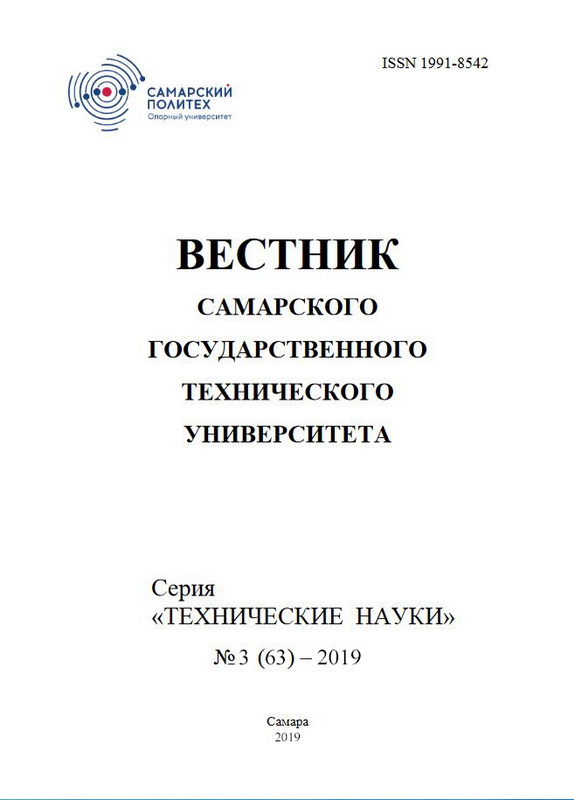Simulation of electromagnetic and thermal processes in an inductive crystallizer of silicon
- Authors: Bazarov A.A.1, Navasardyan A.A.1
-
Affiliations:
- Samara State Technical University
- Issue: Vol 27, No 3 (2019)
- Pages: 105-119
- Section: Electrical Engineering
- URL: https://journals.eco-vector.com/1991-8542/article/view/21343
- DOI: https://doi.org/10.14498/tech.2019.3.%25u
- ID: 21343
Cite item
Full Text
Abstract
This publication describes a set of questions on computer simulation of electromagnetic and thermal processes in an induction crystallizer of a silicon melt, in which forces are created between the melt and the inductor coil, compressing a column of liquid material and preventing direct contact of the melt with the crucible walls. In the well-known induction systems using electromagnetic pressure on the molten metal, the parameters of the inductor are chosen for crystallization so that with sufficient force there will be no increase in temperature due to internal heat sources. The solution to this problem is achieved by reducing the frequency of the current. Heat removal mainly occurs through contact with a water-cooled support surface.
The aim of the work is to determine the process parameters at which the formation of the required electromagnetic force on the wall of the melt takes place, taking into account the sharp decrease in current density at the interface between the solid and liquid phases of silicon. Silicon in a liquid state has a low value of electrical conductivity, which is reflected in the reduction of currents. Mathematical modeling of thermal processes in the melt takes into account the process of transition from a liquid to a solid state with the release of heat of melting. The use of built-in mathematical tools in the software package allows for the correct selection of the finite element mesh and parameters of the procedure for approximating the crystallization process by obtaining a local change in the specific heat capacity to obtain the temperature distribution in space during the movement of the crystallization front.
In determining the parameters of induction crystallizers, the temperature dependences of the thermophysical properties were used. Investigations of the implementation of the inductor, allowing to cover the entire volume of the melt or its part under the condition of continuous movement after solidification of the metal, which is accompanied by a change in the electrical conductivity of silicon and the power of internal heat sources. The results of the study showed the possibility of using the mold at different ratios of the height and diameter of the melt column, and the cooling intensity. The efficiency of the process for silicon increases with decreasing height and increasing the radius of the melt column.
About the authors
A. A. Bazarov
Samara State Technical University
Author for correspondence.
Email: info@eco-vector.com
Russian Federation
A. A. Navasardyan
Samara State Technical University
Email: info@eco-vector.com
Russian Federation
References
Supplementary files







